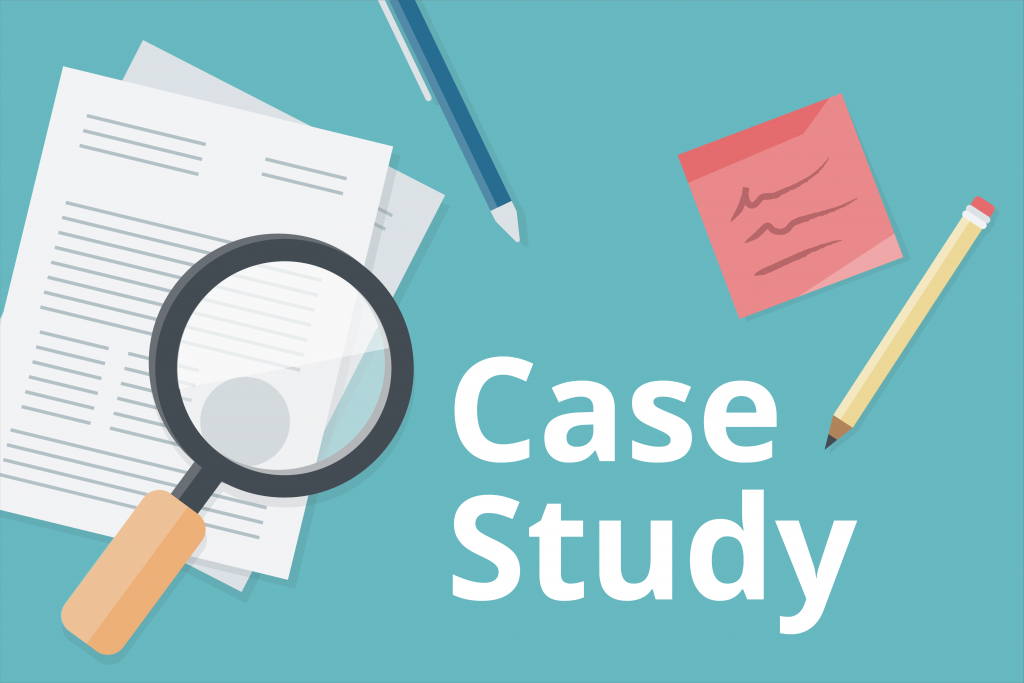PLEASE NOTE!
You can leverage the expertise of our digital marketing professionals who have crafted numerous successful digital marketing campaigns for businesses seeking to boost sales, leads, transactions, and qualified website traffic.
They are eager to replicate this success for you.
Click here to request a free strategy proposal and get a game plan for elite revenue generation for your business.
PPC Case Study
E-commerce Industry
Have you ever had an ad campaign disapproved by Google? Not only is it irritating when you’re looking to get more sales on your site, but it often takes time to figure out exactly why Google shut down your campaign.
What you’re about to read is a unique PPC case study showing how we helped a replacement diploma company to get its ads enabled and improve its average conversion rate by 412%.
If you’ve ever struggled to get your ads off the ground, this case study is for you. Keep reading below to learn how we did it.
Background
This client originally reached out to us needing help with their fully disapproved ad account. Google shut them down because they triggered the “Enabling Dishonest Behavior” policy. Although the company wasn’t dishonest, it was easy to understand why Google would flag their very unique product.
They specialize in novelty replacement diplomas for people who damaged or lost their original. Diplomas are also frequently ordered as novelty gifts or props for television or films. Google wasn’t able to tell the difference.
Eventually, the client contacted Google for help with their issue and they were quoted over $25,000 a month to fix it. That’s when they turned to us for help enabling the ad account and optimizing their paid ads.
Audit
Our first step was to do a complete audit of their Google Ads account and website. We needed to know exactly what was causing them to get shut down.
While our primary goal was to get their ad account enabled, we also pulled some data to find out how their old campaigns were performing. These would serve as our benchmarks going forward.
Once we started digging around, we found over 90 ads that were disapproved of for “Enabling Dishonest Behavior.” Take a look at some of the examples below:
Our next step was combing through the client’s data. They described their paid ads as being successful before Google shut down their account. It was true their ads were gaining traction but we knew how to fine-tune them for unprecedented growth.
Before working with us they had spent over $600,000 across 50+ ad campaigns.
These metrics seemed on point for your average e-commerce campaign. They didn’t seem far-fetched.
Our client was getting the best conversion rates and return on their branded keywords, close to an average of 2.70 or 270% Return on Ad Spend (ROAS).
While this campaign looked decent, we found Search Partners enabled on all campaigns. These are websites that partner with Google to show ads and free product listings to extend your reach across the web.
Take a look below and you can see how 44 out of 57 campaigns had Search Partners enabled and some even had Display Partners.
Here’s the thing: Search and Display partners typically lead to a lower cost-per-click or CPC. The problem is an advertiser is receiving less qualified traffic.
We understand why any client would be interested in these two platforms. Google frames them as a way to save money while getting in front of thousands of prospective customers.
Sounds amazing, right?
Wrong.
The power of search is completely gone. Now your budget is split between three different platforms:
- Google Search
- Google Search Partners
- Google Display Partners
Even though you think you’re saving a few bucks, you’re actually spending more money than you need to on low-quality traffic. It’s doubtful this traffic will convert at the levels you want.
Let’s take a look at how we enabled their account and increased their conversion rate.
How We Fixed It
Getting their account back on would be difficult.
It’s important to note that often when your Google account is disabled or suspended you may never get it reinstated.
But, we couldn’t help them get more sales until everything was turned back on.
Disapproved Ads
After reviewing the client’s site, our PPC team knew they weren’t breaking any of Google’s Policies. Instead, there was a miscommunication between their ad copy and Google.
This client specializes in creating novelty or replacement diplomas. While shoppers understand that these products are fun imitations, Google crawled the ads and flagged the client for selling real diplomas.
We knew it was all a big misunderstanding so we took the standard approach and reached out directly to Google Support. Our standard review request included documentation showing the client only sold novelty diplomas.
Our documentation included a screenshot of a Disclaimer Page we built on their website, as well as disclaimers that appear on each product page.
We heard back from Google after a week, which was encouraging because it sometimes takes up to 14 days to hear back from them.
Their email wasn’t the best news but it gave us some really good insight on how to fix the issue.
Basically, Google did an internal review of the client’s ads. They also appealed the ads in the account interface, but that was only partially successful.
Google found that the client talked about diplomas being “realistic” and “authentic” in its ad copy. They said it wasn’t clear that the diplomas were novelties or replacements, which appeared to be a violation of their policy on selling false documents.
That means we had to go back and remove any ad copy that referred to the diplomas as being “realistic” and “authentic.”
After updating the copy we got approved within the first round of review. Check out the differences between their disapproved and approved ads below.
Now with everything back up and running, we could focus on improving their conversation rate.
Finding Qualified Traffic for Our Client
As mentioned above, we wanted the most qualified traffic for this client. So, we unchecked both the Search Partner and Display Partner settings.
We decided to focus our efforts solely on people using the almighty Google Search. First, we had to optimize their keywords to match their brand.
This client was very specific about bringing in NEW customers or NEW users that never heard of their company.
So to do that, we focused on high intent keywords like “buy a diploma” and “buy college diploma.” You can see below some of the branded keywords we used in their campaigns.
How would focusing their campaigns and optimizing their keywords affect overall traffic? It would drive in new users who were looking for a specific solution to their current problem.
Even though we narrowed the number of people seeing these ads, we knew each ad would be served to people ready to order a novelty diploma.
How Did We Do?
Our strategy was also to conduct split testing of ads, locations, keywords, and site destinations.
For this client, we started off by sending traffic to the homepage, which led to not the best results in the first month.
Below you can see more details about how their campaign was converting.
We had a little movement after the first month but nothing to brag about. Remember, it often takes some time to properly optimize a campaign.
Next, we decided to change the ad destinations from the client’s homepage to individual product pages. This simple change delivered impressive results.
Even with the CPC almost tripling after four months, the PPC team surpassed their original branded ads. Their average conversion rate jumped from 1.96% to 10.03%, which is an increase of 412%.
And we did all of this while also bringing in new customers.
How? We removed all irrelevant traffic sources, tested out multiple destinations, and focused on high-intent keywords. We never chase the lowest cost-per-click.
Conclusion
Now you can see why this was such an interesting case study for us to share. Our client came to us with a dilemma that would have resulted in lost time and money. Their ad account was shut down and they had no idea how to get it back online.
One of the benefits of working with our PPC department is our experience and knowledge of the Google Ads platform. We knew the steps to take in order to get our client’s account enabled.
And once we could access their dashboard we made changes that would prevent them from being disabled again while also attracting new customers. It took time and close monitoring but we finally identified the right settings to quadruple their conversion rate.
Do you need help configuring your ad account or optimizing your campaigns to get more sales? Simply book a call with us to discuss strategy.




